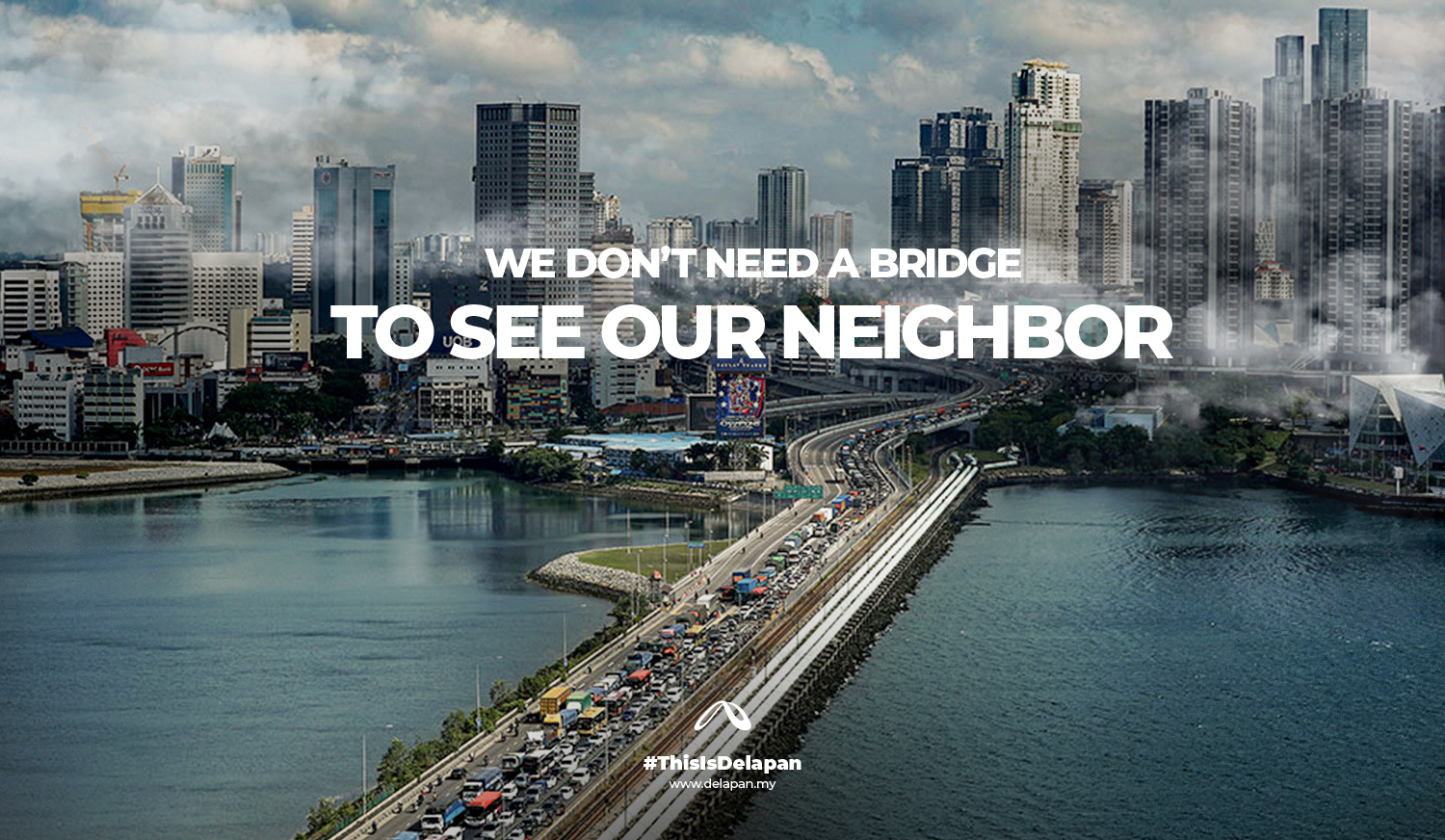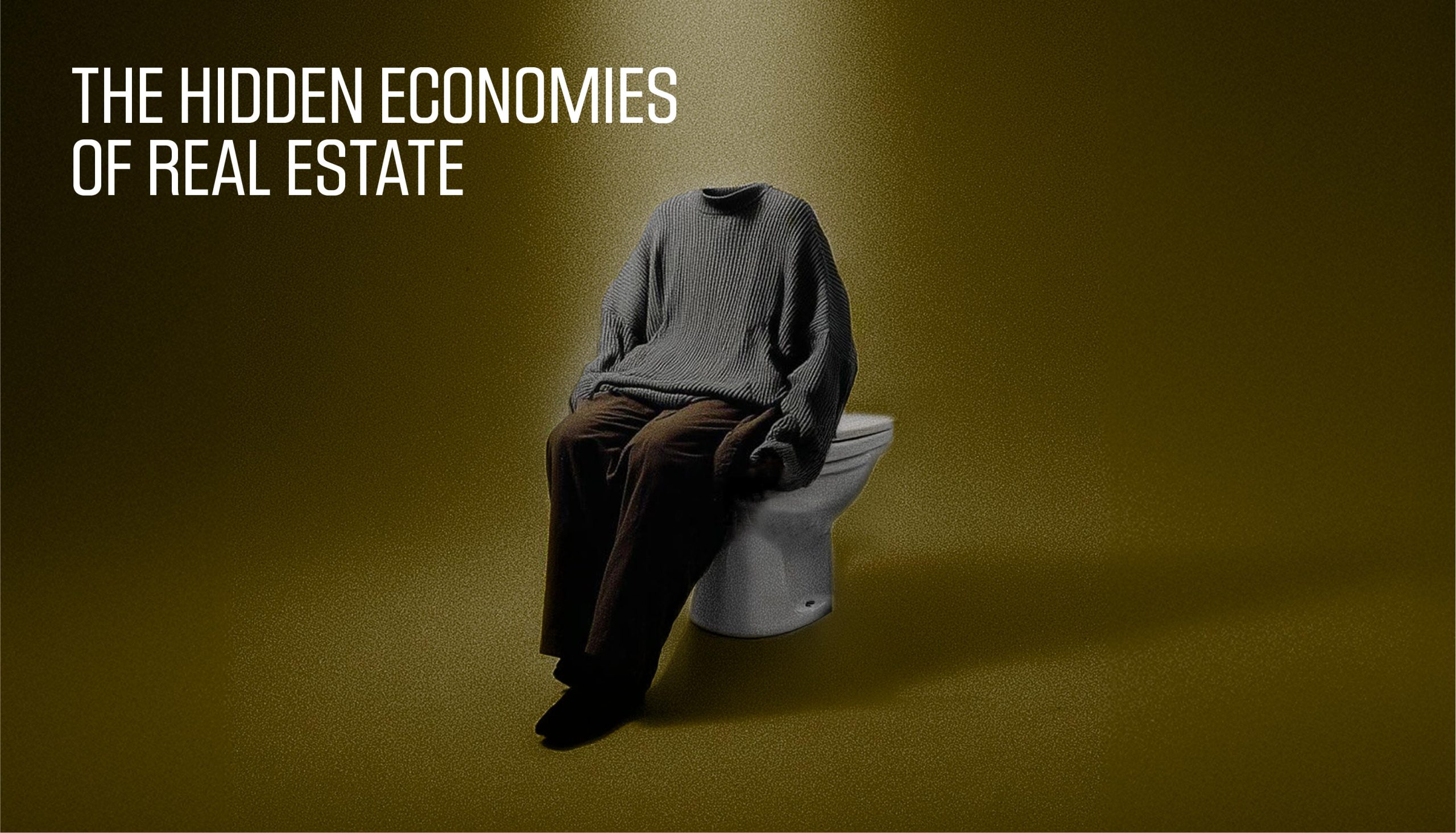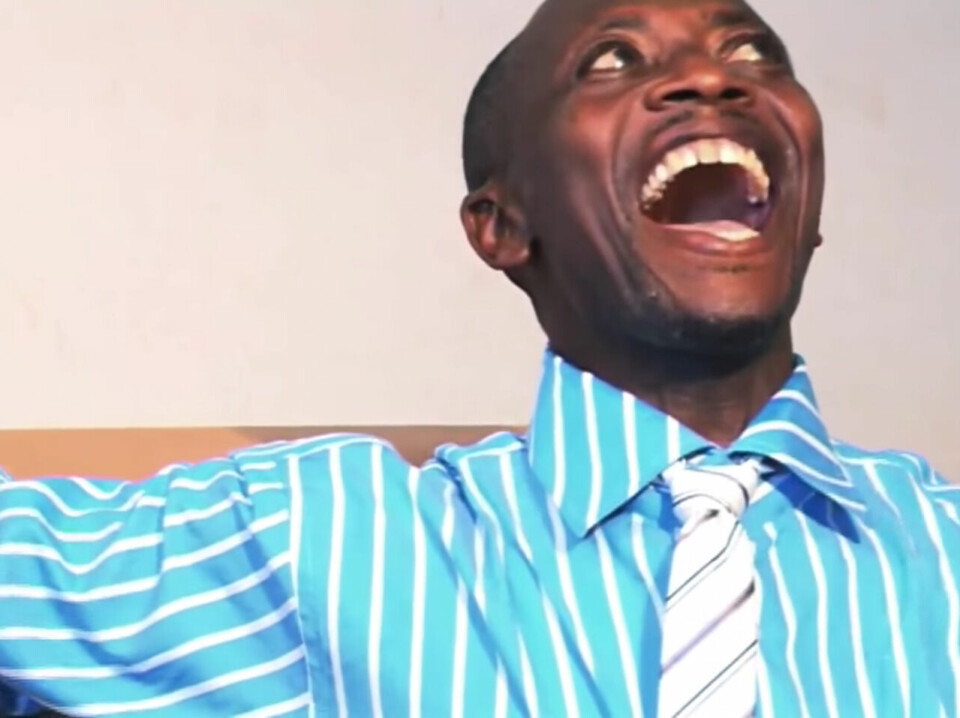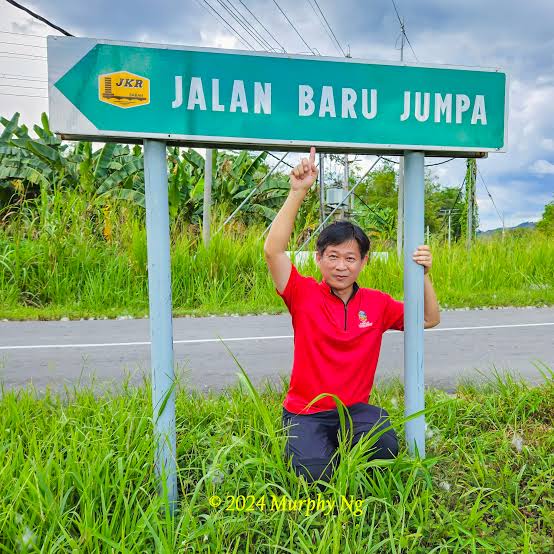Humans are wired to create safety nets in every situation. That is why when you are once a kid, you save up your pocket money in your Hup Seng tabung for rainy days, that was why our parents wanted us to be either engineers or doctors back then for us to have a better future (oh how they are so wrong) and that is why you pay north of RM500 per month for insurance plans. We are built to have Plan Bs at all times as bad news or worst-case events are not a matter of probabilities but eventualities.
The same thing should be applied to how we handle our economy. However, we fell short of that. After decades of being stuck in the middle-income trap, according to the World Bank, Malaysia is likely to transition to a high-income economy between 2024 and 2028, given that Malaysia can ensure the sustainability of its growth. To ensure sustainable growth, we need to go back to the basics and devise Plan Bs for our economy and those Plan Bs are the economic hubs outside of the Klang Valley. According to the Department of Statistics Malaysia (DOSM), the Klang Valley (Selangor and KL) constitutes about 28% of the total trade as of May 2024, close to a third of the total contribution, which signals a figure too high for comfort and indicates a room for improvement for other economic hubs.
Credits need to be given to PM Anwar Ibrahim-led administration that applies this ‘back to the basic’ economic formula, with a lot of economic activities initiated in Penang, Johor, Sarawak and even at the Thailand border. However, we cannot fail to notice that many of the Plan Bs are focusing on Johor. From investing RM5.25 bil to construct a 4-km Rapid Transit System (RTS) Link between Johor and Singapore to establishing a soon-to-be-announced Johor-Singapore Special Economic Zone, the economy’s Plan B approach is a bit heavy-laden at the bottom. Talking about a heavy bottom, Johor is the largest data centre investment recipient in the country for 2024, poised to receive close to RM17 bil. There is no issue to focus on one state in the South as your Plan B and concentrate all investments for one state down blow, but a heavy bottom will always cause a problem. Imagine creating your avatar in The Sims game and you have a huge leg with a small torso and shoulder, surely the issue of ‘peha bergesel’ will become a problem. And the problems of this ‘heavy-bottom Plan B’ approach have just started.
The attraction towards Johor is justifiable as the southern state’s development, especially in the Johor Bahru district area can be categorized as border-zone development. A border-zone development is defined as the development leveraging on the resources of two countries instead of one. Imagine Shenzen, China and Hong Kong or San Diego, USA and Mexico. In any border-zone development, any economists worth your Ringgit and time will say that the competitiveness of such a corridor depends on the 3R, not Royal, Race and Religion but Resources, Readiness and Relationship. The first factor touches more on the available resources in the area – land, energy, labour and others. The second talks about the readiness of cross-border infrastructure such as transportation to facilitate the growth of the border-zone development. The third and last one talks more about whether the partner country is really a ‘susah-senang’ kind of partnership of just friends with benefits that will give you just the leftovers and leave you to dry if you cannot offer anything to the table. The border-city development between Johor and Singapore has red flags in all three Rs.
For the first R-Resources, Johor’s experience with a huge influx of data centres investment has strained its water and power supplies. Data centres need huge power to keep the internet humming and lots of water to prevent data centres from overheating and turning into a box of fire. As expected, Johor struggles to supply adequate power and water. Even Singapore used the same reason to ban building new data centres pre-pandemic as the island state did not have enough electricity to run them. As for the shortage of water supply, the southern part of Johor relies heavily on the Johor River Basin which at the same time, as per the 1962 Water Agreement, Singapore is sucking out 250 mil gallons of water on a daily basis. Nice one lah who drafted the terms for the Singapore separation from Malaysia back then. Shot ourselves in the leg which led to the handicapped development of the Johor now.
For the second R – Readiness, building cross-border infrastructures from Johor and Singapore will always be expensive, both financially and politically. If you guys lupa, there is a body of water separating Johor and Singapore. As a comparison, the cost of building the Penang Second Bridge is about RM187.5 mil/km while the North-South Expressway only put a dent of RM7.6 mil/km at Putrajaya’s wallet. At the moment, there are only two land links between the two – the Causeway Link and Tuas Link and the third link is being constructed, the RTS Link which costs a hefty RM5.45 bil for a 4 km stretch. Need I say more?
And lastly, for the third R – Relationship, you need to admit it, the Johor-Singapore relationship is not symbiotic. Johor will always be the second child that receives Singapore’s hand-me-downs. Thus, Johor will always be at the mercy of Singapore. Does Singapore need Johor? No. Does Johor need Singapore? Absolutely yes. Even most analysts expected that the current Singapore PM Lawrence Wong would only use Johor as a launchpad to attract foreign investments to the island state and only prioritize policies that benefit Singapore only. Even Singaporeans that visited Malaysia do not bother to pay their traffic summonses as Singapore top the list of foreign nationals that have outstanding fines in Malaysia, amounting to RM3.5 mil.
Plus, I know Melayu Mudah Lupa but let me remind you, the Johor-Singapore border development has failed before. It used to be known as Iskandar Malaysia under former PM Najib Razak in 2013 and is now being rebranded again as the Johor-Singapore Special Economic Zone (JS-SEZ) under PMX. Back then when it was called Iskandar Malaysia, on the surface, Iskandar Malaysia managed to attract RM337.3 bil in investments but in actuality, Iskandar Malaysia only managed to achieve 46.7% of targeted job positions, 41% of targeted investments and 75% of targeted investors. So, under the rebranded JS-JEZ, does the Johor – Singapore border development have a better chance? I do not think so. It is like hoping for a banana to fruit twice as the core problems inherited from Iskandar Malaysia have not been addressed yet. It might require us to write another article to detail down Iskandar Malaysia’s failures. Yeah, the list is that long.
So, where should we focus our economy’s Plan B? The other border development zones that are on top of everyone’s mind are Sarawak – Kalimantan and Kedah – Thailand. However, the former is still a hole in the forest and let’s not kid ourselves, who want to move from Jakarta to Ibu Kota Nusantara in the near future. To abandon the bustling Malioboro district in Jakarta for a hut in Kalimantan, I guess you know why Indonesians still hesitate to let go of Jakarta. So if Sawarak – Kalimantan is out of the picture, now we go to the low-hanging fruit and obvious option, the Kedah – Thailand border development. The Kedah – Thailand border development does not have the same 3R issues as its sister in Johor. Ample energy and water supply in Kedah. The northern state has six main dams namely Pedu, Muda, Ahning, Beris, Bukit Malut and Padang Saga with 27 potential sites in the works to become riverside water catchment areas. Electricity is also in abundance with a power plant under construction in Gurun and a Trans Thai Malaysia gas pipeline running through the area. Cross-border infrastructure is also ready, with two border checkpoints – Bukit Kayu Hitam and Durian Burung and a rail line connecting the two nations. The most important thing that we want to highlight is that Kedah – Thailand relationship is not ‘teman tapi mesra’ but ‘pasangan hingga ke akhir hayat’. Kedah needs Thailand as much as Thailand needs Kedah. In 2023, the bilateral trade between Malaysia and Thailand is RM116.94 bil with Malaysia being crowned as Thailand’s largest trading partner in ASEAN. Plus, Kedah borders the ‘sexy’ part of Southern Thailand that houses the Songhkla district and not the conflict-laden district of Narathiwat which shares the same border with Kelantan. The Kedah – Thailand border development has always been symbiotic as Kedah wants to move out of the shadows of Penang while Thailand want to develop its southern region to be at par with its more industrialized northern region where its capital Bangkok is.
The economic case is set for the Kedah – Thailand border development but is there any public interest in it? Are people going up there either for work or leisure? The answer is yes as Malaysia top the list of international visitors to Thailand, where 16.2% of the 28 mil that visited Thailand are from Tanah Tumpahnya Darahku. Plus, during the long weekend that coincides with Malaysia Day, nearly 100,000 Malaysians visited the Southern Thailand, especially Hat Yai as tourists. These feat are thanks to the fact that Malaysia is one of the countries that is being granted the privilege to enter Thailand without a visa for up to 30 days. So, it is just a matter of capitalizing on the flow of humans by creating the setting to now attract the flow of capital into the area. Actually, there is already a Kedah – Thailand border development dubbed ‘Delapan’ and it is ready to jalan and maximise the return on your investment. Until now, Johor–Singapore has been the first child that has received all attention but as expected, it has become a manja boy who has always flunked at school. Now, is the time to give the second child, Kedah – Thailand the attention it merits cause you know, the middle child never disappoints and always delivers. All in all, in its journey to become a high-income nation, Klang Valley is still important as the core economic hub but PM Anwar and co need to revisit its strategy in choosing which economic hub is the best Plan B. Currently, all eggs are in Johor but those eggs are slated to be spoiled as the core issues of the failure of Iskandar Malaysia has not been addressed well. The best Plan B is Kedah, you know, I know it, even our ancestors in the grave also know it.







